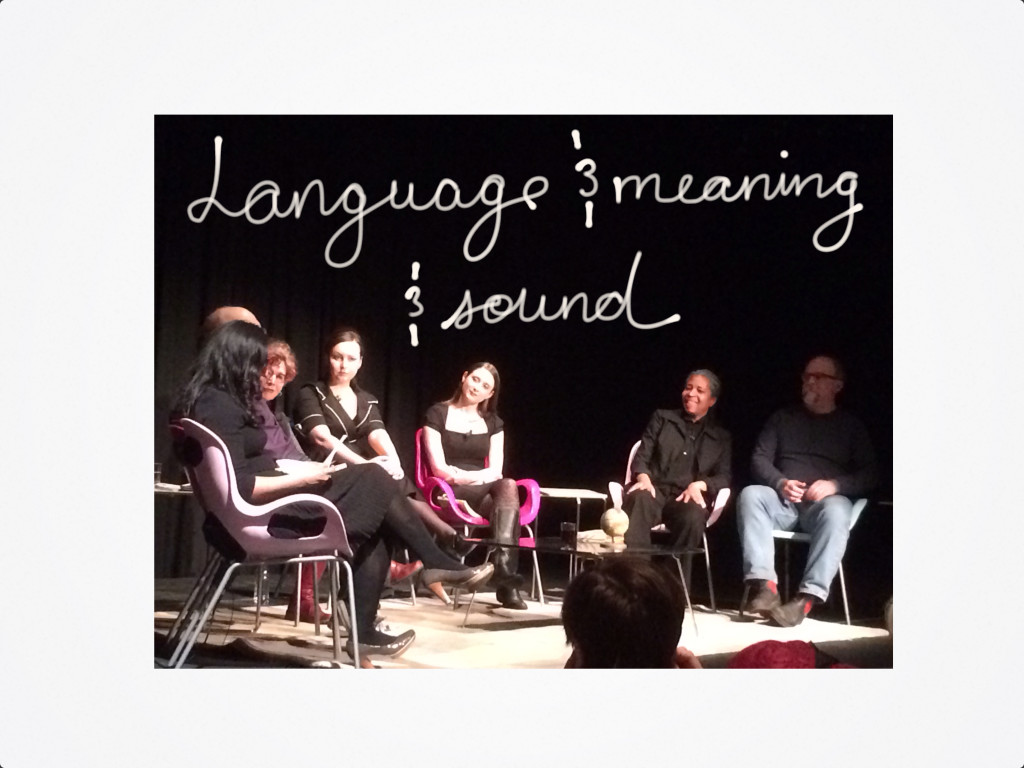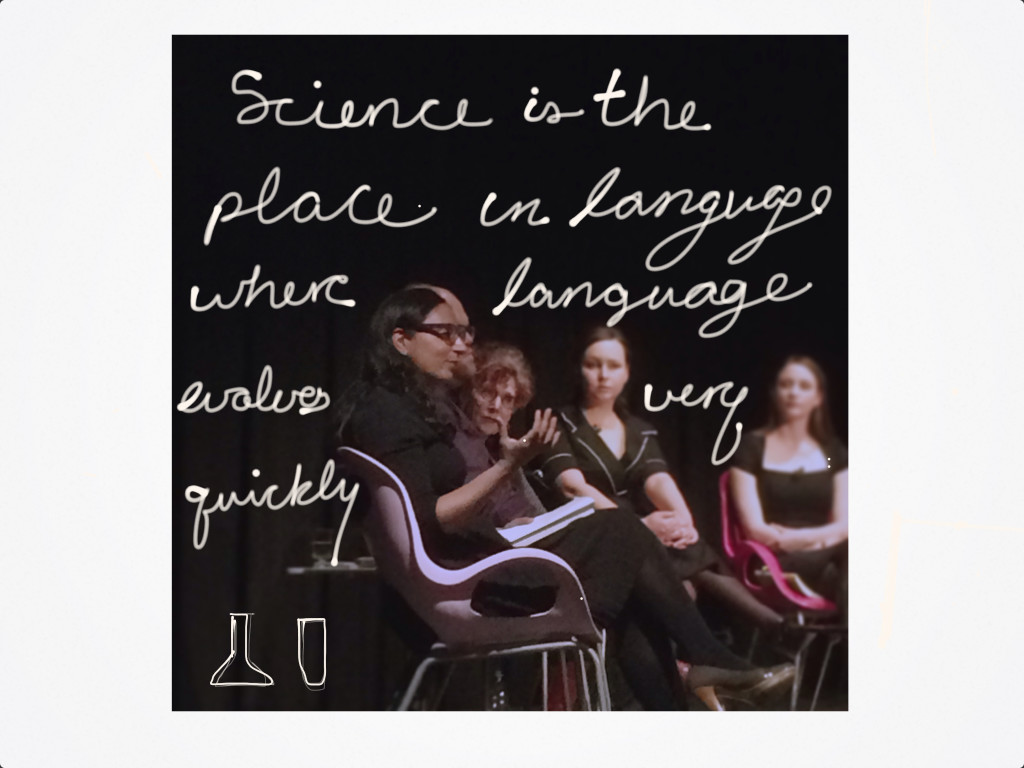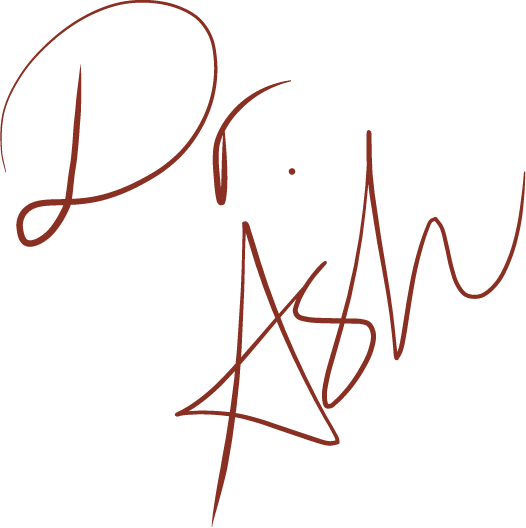A couple of weeks ago I went to a poetry reading, completely on the fly. A friend invited me and I’m not one to turn down good poetry. This was the IFOA McClellan & Stewart Poetry Night. It was a release party for the collections of four poets: Dr. Madhur Anand, Lorna Crozier, Liz Howard, and Cassidy McFadzean. Everyone aside from Crozier (who has produced 16 other collections) presented work from their debut collection. The poetry was lovely and afterwards we got onto a discussion of the nature of poetry: language and meaning and sound.
Each of the four authors read for about five minutes. Madhur Anand kicked things off. As an environmental scientist her poetry, at least the ones she read, had a science bent to them. Her collection, entitled “A new Index for Predicting Catastrophe” was listed by CBC as one of 10 ‘trailblazing’ Canadian poetry volumes.
I’ve always been fascinated by scientists who create art inspired by their day-job. Since this is a science(-ish) blog I wanted to talk a bit about science poetry and science in poetry which I think are slightly different.
Scientists who wax poetic about the subject of their research is not a new phenomenon. In the Victorian era, the practice was quite common. Though those scientists produce the kind of lighthearted silly-fun poems that would never get published anywhere nowadays. Also, scientists back then tended to do “science” in very general terms and often that meant that a lot of time was spent thinking and mulling over observations to develop theories. Take for example, Charles Darwin who spent years mulling over his Beagle observations before writing ‘Origin of the Species’. The culture of science has changed drastically over the last 60 years and that too has influenced how science is communicated as well as how scientists poeticize.
With the rigours associated with an academic career, I am curious about how many modern scientists have time to pursue artistic endeavours. After the poetry reading there was a panel discussion and Anand pointed out that as far as ‘scientist poets’ were concerned, she could not draw any conclusions as her ’n’ was equal to 1, herself.
The discussion eventually wound its way to Dr. Anand’s work, the creation of science poetry and the use of science is poetry, which are two distinct things. Non-scientists writing poetry about science is nothing new. But among the poets at the IFOA event, there the consensus that a scientist who immerses herself in the work daily, will have an different understanding and sensibility to her poetry than a poet who writes about science ‘from the outside’. The scientist may, perhaps, utilize a similar level of dissection and analysis of natural phenomena, similar to what they would use in their research. After all, science is often about breaking things down into parts that can be studied and understood. This is especially true in ecology where researchers deal with massive regional systems. Staring at a wall of data without any filter to understand it would be like watching a 3D film without the glasses. You can see, but it’s blurry and confusing and gives you a headache.
I think both approaches are valid: poeticizing science from the inside and from the outside. Poets are likely incorporating ecological concerns into their work because these issues are reaching the level of importance that was once ascribe solely to love, death and religion. Then comes the blurry line between the way that science is integrated into our everyday lives and when does it stop being “Science” with a capital “S” and common knowledge, something that no longer needs citation.
Another point that Dr. Anand made was a wonderful quote:
“Science is the place in language where language evolves very quickly.”
I love that idea, because it’s true. I’d always joke with my undergraduate friends that scientists were always making words up. It was a feeble coverup to a spelling error on my part, but it got a laugh. But seriously, Dr. Anand’s sentiment is that science does not just create new words for science. Science words are appropriated for use in non-science contexts and can influence language as a whole.
And language is what poetry’s about, isn’t it? Another wonderful quote from the evening was from the poet Dionne Brand who said, in her sonorous measured voice, that the common thread between the four collections was “language and meaning and sound” and that
“…poets attend to language and meaning and sound.”
The talk moved from science to ‘language’ and they eventually got onto the topic of of metaphor. Metaphor as “the leap between the senses”. Metaphor as “not just forging connections between two disparate things, but revealing the inherent connections in everything.” Both of which are wonderfully spiritual ways of viewing metaphor.
Metaphors and analogies are vital to science communication and our understanding of science in general. My favourite analogy being the “flow of electricity”. We use the metaphor of flowing water to explain the behaviour of invisible particles that power lightbulbs and can stop our hearts if our fingers brush against a bare wire.
The reading was a while ago, but it really got me thinking. When I wrote poetry, I found I struggled with science-inspired poetry. It’s strange that I have these two interests that I can’t mix. Though, I get my science and writing fix while doing this blog. So maybe poetry is not the place to mix the two. What about you? Do you incorporate science into creative work? Is it easy? Do you struggle?
I really enjoyed Madhur Adnand’s poetry and I imagine others will too. She’s reading tonight at the Bookshelf in Guelph if you’re in the area.
Cheers,
____________________________________
References:




No Comments